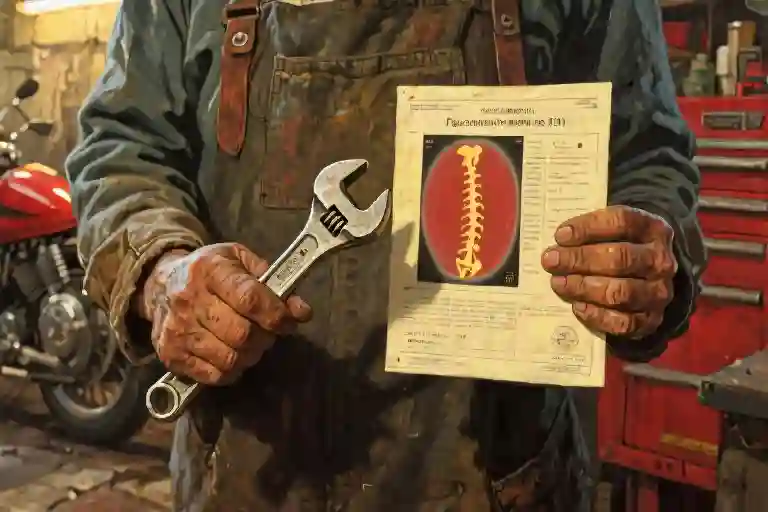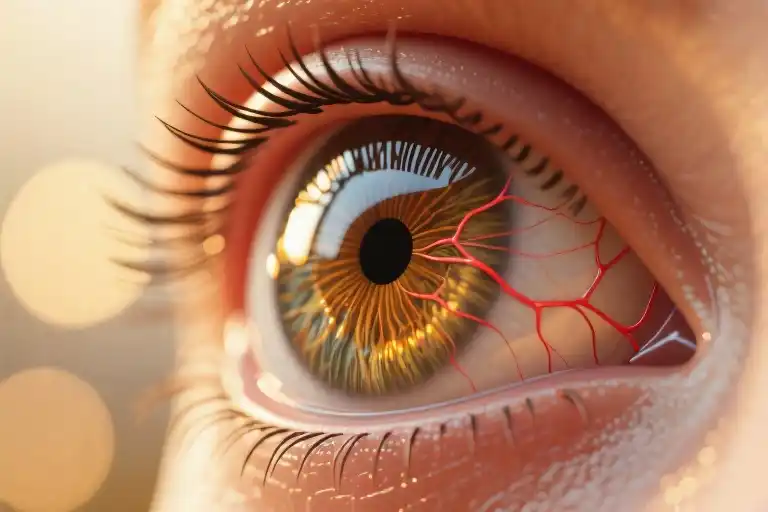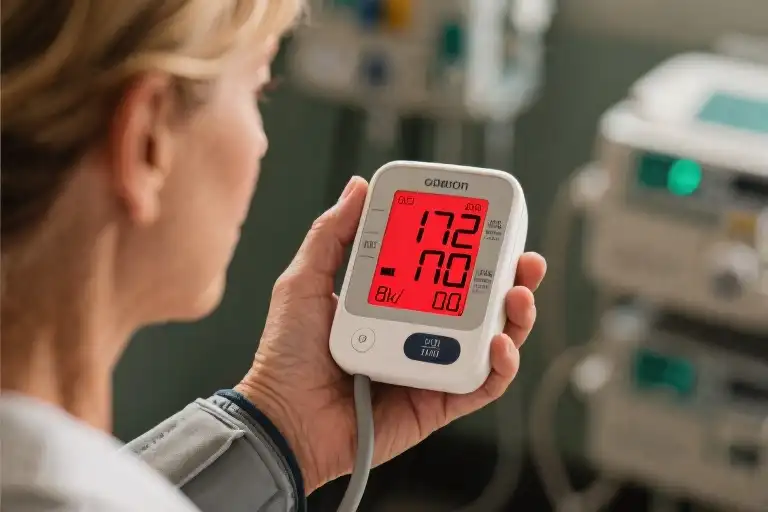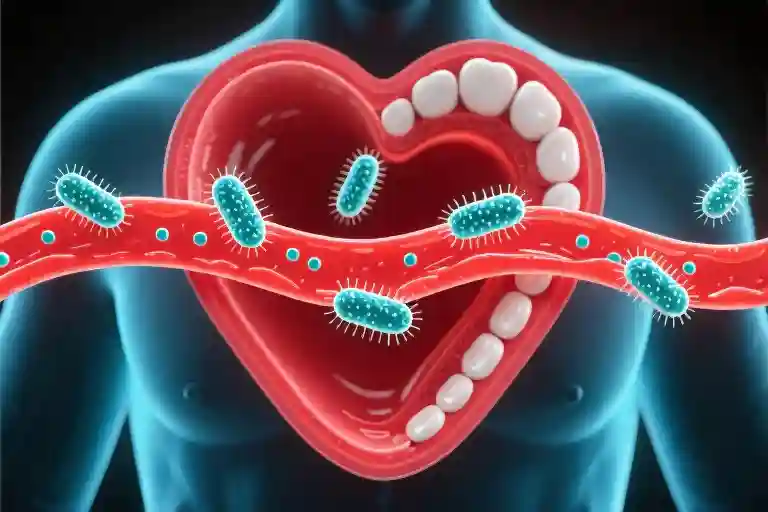The mechanic wipes his greasy hands on a rag and gives you that look – the one that says ‘this is going to hurt.’ He points to the diagnostic screen showing your motorcycle’s frame scan. “Twenty percent metal loss,” he says, shaking his head. “At this rate, your bike’s one pothole away from folding like a lawn chair.
That sinking feeling in your gut isn’t just about your beloved ride. It’s the same creeping dread you get when your knees crackle going downstairs, or when you catch your reflection and notice how your posture’s slowly collapsing like a poorly packed tent. Your body, that trusty machine that’s carried you through decades of adventures, is showing its own version of metal fatigue.
We spend hours maintaining our motorcycles – changing oils, adjusting chains, polishing chrome. But when was the last time you thought about maintaining the very frame that holds you upright? Bone loss happens so gradually most riders don’t notice until they’re staring at an x-ray that looks like termites got to their skeleton. That “common” degeneration the mechanic mentioned? It’s not normal wear and tear – it’s your body sending out SOS signals in the only language it knows: breakdowns and warning lights.
Consider this your owner’s manual for the most important vehicle you’ll ever ride. We’re going to decode those creaks and groans using terms any gearhead understands. Because whether it’s steel or bone, structural integrity matters when you’re barreling down life’s highway at seventy miles an hour.
When Your Body Starts Sending Error Codes
That sinking feeling when the mechanic wipes his greasy hands and says, ‘Your frame’s lost twenty percent of its metal’ – it’s the kind of news that makes your stomach drop faster than a poorly banked turn. Suddenly every wobble you’ve been ignoring makes terrible sense. What you thought was just an aging bike showing character was actually structural integrity waving a white flag.
Error 404BONE: Structural Integrity Compromised
Motorcycle frames and human skeletons share more in common than most riders realize. Both rely on dense metallic structures – one crafted from steel alloys, the other from calcium phosphate lattices. When your mechanic mentions metal loss, what your bones might be whispering is osteoporosis setting up shop. That slight tremor in your handlebars mirrors the silent thief stealing minerals from your skeleton.
Consider this: a 20% reduction in bone density increases fracture risk threefold. Your bike’s frame doesn’t crumble after losing one-fifth of its metal, but it becomes dangerously flexible. Human bones follow similar physics – they’ll bend before breaking, but that bending point arrives much sooner when the scaffolding’s eroded. The parallel becomes uncomfortably clear when you realize both conditions share the same sneaky progression – neither your motorcycle nor your bones send proper warning signals until the damage is well underway.
Crash Alert: Suspension System Failure
If bone loss resembles frame corrosion, joint pain feels like your entire suspension system getting T-boned by an eighteen-wheeler. That grinding sensation when you shift your weight? That’s your cartilage – nature’s perfect shock absorber – wearing down to its frictionless last layers. Motorcycles rely on hydraulic dampers; your joints count on synovial fluid. Both systems fail in depressingly similar ways – first the occasional creak, then persistent groans, until finally every bump transmits directly into the structure.
Riders understand this intuitively. The way your knees protest after a long ride mirrors how your bike’s rear shocks start leaking fluid after too many potholes. Medical imaging reveals the truth: what you assumed was normal wear looks more like a crash scene under magnification – jagged bone edges where smooth surfaces should be, inflamed tissues where clear lubricant should flow. The comparison becomes painfully literal when osteoarthritis sets in – that gravel-like crunching sensation isn’t your imagination, it’s your joint surfaces grinding like pebbles in a gearbox.
System Overheat: Midnight Cooling Failures
Night sweats arrive like an overheating engine after pushing too hard on summer backroads – except there’s no satisfying ride to justify the drenched sheets. Your body’s thermostat starts misfiring, cycling between chills and sudden heat waves like a faulty radiator fan. Where motorcycles might show steam from an overtaxed cooling system, your pajamas become the telltale sign of hormonal systems glitching.
This particular malfunction connects surprisingly well to two-wheeled mechanics. Just as an air-cooled engine needs proper airflow to regulate temperature, your endocrine system requires precise hormonal balance. When either system falters, the results feel similarly messy and inconvenient – waking up stuck to leather seats has its parallel in peeling off damp bedding at 3AM. The comparison holds when you consider causes: blocked motorcycle cooling fins resemble the way stress and hormonal changes can ‘clog’ your body’s ability to regulate itself.
The Maintenance Mindset
What makes these mechanical metaphors valuable isn’t just their vividness – it’s how they reframe health management as routine maintenance rather than crisis response. Riders would never ignore frame rust or suspension leaks for years, yet many dismiss equivalent bodily warnings as ‘just aging.’ The truth sits somewhere between your toolbox and medicine cabinet: prevention beats repairs, whether we’re discussing chromoly steel or calcium-rich bones.
Your bike’s service manual doesn’t wait for parts to fail catastrophically before recommending checks. Why should your body’s maintenance schedule be any different? Those strange creaks and overheats aren’t character-building experiences – they’re diagnostic trouble codes waiting to be addressed.
The Mechanic’s Secret Manual: Decoding Your Body’s Warning Lights
That moment when the mechanic wipes grease off his hands and says \”Your frame’s lost 20% of its metal\” hits differently when you realize he’s talking about your bones. Welcome to the shop manual they don’t give you at the dealership – where we translate those mysterious creaks and groans into proper motorcycle terms.
Frame Scan Report (Bone Density Decoded)
Think of a bone density test as your bike’s ultrasonic thickness gauge. That T-score reading? It’s measuring how much your frame’s structural integrity has deteriorated:
- T-score -1.0 to -2.5 = Surface rust on chrome pipes (Osteopenia)
- T-score below -2.5 = Critical metal fatigue (Osteoporosis)
“But my bike looks fine!” you say. That’s the insidious part. Like hidden corrosion under fresh paint, bone loss shows no symptoms until your “frame” suddenly cracks during what should be routine riding. The DEXA scanner is your only honest mechanic here – no amount of waxing and polishing can disguise structural weakness.
Modern motorcycles use aluminum alloys that maintain strength while reducing weight. Your bones attempt similar efficiency after age 30, but without proper “anti-corrosion treatment” (weight-bearing exercise, calcium, vitamin D), they sacrifice density for porous lightness. The result? A frame that crumples like soda cans in what should be minor spills.
Shock Absorber Teardown (Joint Anatomy Explained)
Now let’s lift the rubber boots on your joints – nature’s perfect suspension system. Healthy cartilage works like premium progressive-rate springs:
- Synovial Fluid = High-quality fork oil (reduces friction)
- Meniscus = Rubber dampers (impact absorption)
- Ligaments = Adjustable preload collars (stability control)
When arthritis sets in, it’s like running your suspension dry for 100,000 miles. That grinding sensation? Bone spurs acting as gravel in your fork tubes. The morning stiffness? Cold-thickened fluid making your shocks behave like rusted pogo sticks.
What most riders miss is that joint pain isn’t just about worn parts – it’s your entire suspension geometry going out of spec. Like a misaligned front end causing premature tire wear, poor posture and muscle imbalances accelerate joint deterioration in predictable patterns:
- Knees = Front suspension (takes 80% of impact loads)
- Hips = Swingarm pivot (transfers power and absorbs bumps)
- Spine = Frame backbone (requires perfect alignment)
The scary parallel? Motorcycle suspension wears out gradually enough that riders adapt their riding style to compensate – exactly how humans modify movements to avoid joint pain until the damage becomes irreversible.
Here’s the shop truth nobody tells you: By the time your joints hurt like “getting run over by a truck,” you’re not looking at routine maintenance anymore. You need the equivalent of a full suspension rebuild – and even the best orthopedic surgeon can’t restore factory tolerances.
The Ultimate Maintenance Plan
Your motorcycle’s been acting up – the frame feels brittle, the suspension groans with every bump, and no matter how you try to adjust your riding position, something just isn’t right. Much like that trusty bike, your body needs a proper maintenance schedule to prevent catastrophic failure. Let’s break down the three-tiered approach to keeping your human motorcycle running smoothly.
Daily Rust Prevention (Calcium & Exercise Guide)
Think of calcium as your frame’s anti-corrosion spray. Without it, your structural integrity starts resembling a vintage bicycle left out in the rain. But here’s where most riders mess up – they either underapply or use the wrong formula. You wouldn’t use WD-40 as permanent rust protection, yet that’s essentially what happens when people rely solely on dairy for their calcium needs.
A proper daily regimen includes:
- High-grade supplements (carbonate or citrate formulas, depending on your stomach’s pH levels)
- Strategic nutrient timing (calcium absorbs best when taken in 500mg doses throughout the day)
- Weight-bearing exercises – your bones need resistance like tires need road friction. No pressure, no strengthening.
Emergency Welding (Medical Interventions)
When your mechanic spots cracks in the frame, epoxy alone won’t cut it. Similarly, advanced bone loss requires professional-grade solutions. Bisphosphonates act like microscopic welders, fusing weak spots in your bone matrix. But just like any serious repair job, there are trade-offs:
- Treatment duration matters – most regimens last 3-5 years, similar to a frame reinforcement project
- Downtime required – some medications demand you remain upright after dosing, like letting fresh paint cure
- Monitoring essential – regular bone density scans become your maintenance logs
Performance Upgrades (Surgical Options)
Sometimes components wear beyond repair. When joints resemble pothole-ravaged shock absorbers, replacement becomes the only path back to the open road. Modern joint replacements are the titanium exhaust systems of orthopedics – lighter, stronger, and designed for high-mileage use. Key considerations:
- Material science matters (ceramic vs metal implants have different wear patterns)
- Rehabilitation is mandatory – think of it as breaking in a new clutch
- Realistic expectations – even the best aftermarket parts won’t make you 20 again
Remember, whether it’s your motorcycle or your musculoskeletal system, preventive maintenance always costs less than emergency repairs. Your body’s warranty expired decades ago – it’s time to become your own best mechanic.
The Ultimate Tune-Up for Your Body Bike
The mechanic wipes his greasy hands on a rag and gives you that look—the one that says your beloved motorcycle isn’t just due for an oil change. “Frame’s lost 20% of its metal,” he says, tapping the weakened structure that should be holding everything together. “Ride it like this and you’re one pothole away from a complete fracture.” You stare at your bike, suddenly understanding what osteoporosis patients feel when they hear their bone density results. That skeletal frame isn’t just aging—it’s actively disintegrating.
This isn’t normal wear and tear. This is your body’s equivalent of a motorcycle frame rusting from the inside out. Those tiny pores spreading through your bones? They’re like stress fractures in a neglected chassis. And just as no responsible rider would ignore cracked welds on their bike’s frame, you can’t afford to dismiss thinning bones as inevitable aging.
Maybe you’ve been brushing off the warning signs—the occasional joint pain you blamed on last weekend’s long ride, the stiffness that makes mounting your bike feel like climbing onto a stubborn horse. But here’s the uncomfortable truth: your joints aren’t just sore. They’re going through the mechanical equivalent of having your suspension system crushed by an eighteen-wheeler. That grinding sensation when you walk downstairs? That’s your cartilage wearing thinner than a cheap tire after 50,000 miles.
The real kicker comes at night when your body should be recharging like a well-maintained battery. Instead, you’re stuck in the garage of insomnia, endlessly trying to start an engine that won’t turn over. You know exactly what you need—those six solid hours of restorative sleep—but the ignition just clicks uselessly no matter how you position yourself. So you slump against your bike, watching others race through life while your own engine sputters.
Here’s the good news: unlike vintage motorcycles, human bodies come with remarkable self-repair systems. That bone loss? With proper nutrition and weight-bearing exercise, your skeleton can reinforce itself like a custom fabricator welding new support struts. Those aching joints? Modern medicine offers everything from precision lubricants (hello, hyaluronic acid injections) to complete suspension rebuilds (joint replacements that would make a Ducati engineer jealous).
Your personal maintenance manual starts today. Schedule that bone density scan—consider it your frame’s annual safety inspection. Talk to your doctor about calcium and vitamin D, the anti-corrosion treatment your skeleton craves. And when night falls, create a pit-stop routine that actually lets your systems power down properly.
Because here’s what every rider needs to remember: you can’t trade in this body for a newer model. But with the right care, you can keep this one running strong through every mile ahead. Visit our “human 4S shop” for a full diagnostic—your future self will thank you when you’re still carving corners at 70.
Next time: Is your heart engine running too hot? We’ll cover the warning signs of cardiovascular trouble no rider should ignore.




